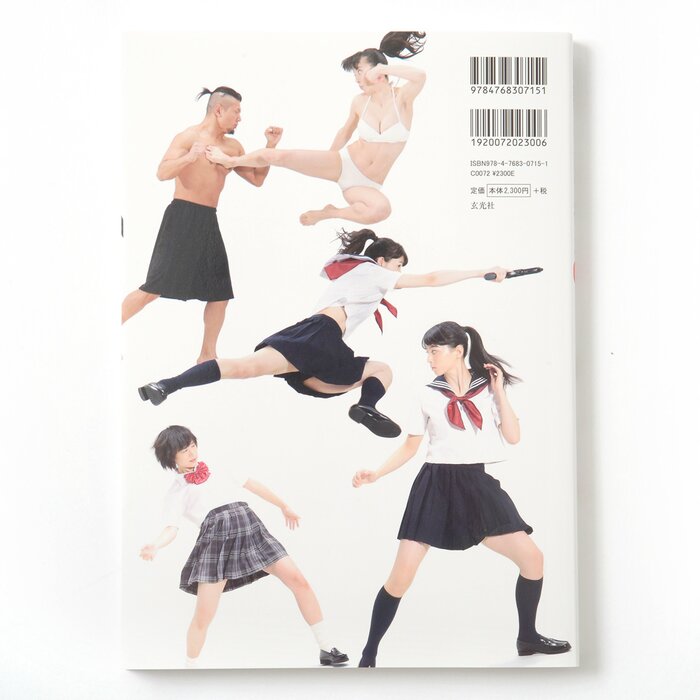

Īction Man was then developed with primarily British themes from 1970 onwards: military, adventurers, and sportsman, as Palitoy wanted to distinguish their product line from the U.S. In the late 1960s and early 1970s many other companies produced competition for Action Man, but all were of the cheap blow-moulded variety, which produces thin-walled components lacking the articulation and sturdiness of the Palitoy components, which utilised more costly Injection and Rotational moulding processes. However, he was ultimately unable to compete with Action Man and was discontinued in 1968.

Regardless, Tommy Gunn was generally regarded as a higher quality in terms of equipment and accuracy of accessories, especially since the Action Man of the 1960s was little more than a re-packaged G.I. Joe, released two years earlier in the United States. The Tommy Gunn figure copied aspects of Hasbro's G.I.

In the early years Action Man competed with the entirely British Tommy Gunn by Pedigree Toys who were the producers of the Sindy doll. Eventually after lengthy negotiation a licensing deal to produce the toy using Hasbro tooling and Far East sourcing was agreed in late 1965, just prior to the launch at the British Toy Fair in January 1966. Both Peter Watson, of Gees, and Les Cooke, Palitoy Brand Manager (later to become Managing Director), claim authorship of the name Action Man, but it was Sales Manager Harry Trowell who suggested the name to Miles Fletcher over lunch at the local pub, the Fox and Goose. One name remembered was "Ace 21" because the mannequin had 21 separate components.

A list was passed around the company (as remembered by Stuart Moore, designer of the successful Tiny Tears) for people to cast their preference. A name was needed and Gee Advertising was commissioned to come up with some ideas. Palitoy (as Hasbro before) ignored these concerns and the word "doll" was banned when discussing the new toy. The controversy at the time was "should boys be playing with a doll". Samples were acquired from Hasbro and marketing research was carried out – Palitoy employees were given samples to take home for their children to test. Miles and his Production Director Brian Wybrow made contact with Hasbro at the New York toy fair the next year. When he realised that it was well received by his grandson he "borrowed" the toy and presented it to the General Manager Miles Fletcher. Joe to give, as a present, to his grandson. In 1964 Sales Director Hal Belton brought back from the States a new toy called G.I. Palitoy grew out of a plastics firm established by Alfred Edward Pallett in 1909 and went on to become one of Britain's leading toy manufacturers until its ultimate closure in 1984. Palitoy (from 1964, a British subsidiary of General Mills) was the UK licensee for Hasbro Industries. ( November 2014) ( Learn how and when to remove this template message) Unsourced material may be challenged and removed. Please help improve this article by adding citations to reliable sources. This section needs additional citations for verification. There was recently a release of 4 new figures made by Hasbro and Art And Science. From 1970 to 1984, the basic boxed figures and accompanying uniforms and accessories would reflect the forces of the United Kingdom rather than the USA.Īction Man was subsequently reintroduced in 1993, based on the G.I. They were accompanied by outfits depicting United States Forces of WWII and the Korean War. All were available in the four original hair colours: Blonde, Auburn, Brown and Black. The first Action Man figures were Action Soldier, Action Sailor and Action Pilot. Even the specific method of attaching the appendages was patented as a "Connection for Use in Toy Figures". The figure and accessories were originally based on the Hasbro (US) 1964 G.I. Joe.Īction Man was originally produced and sold in the United Kingdom and Australia by Palitoy Ltd of Coalville, Leicestershire from 1966 until 1984 (Palitoy also offered sub-licences to various toy manufacturers in various markets). Action Man is an action figure launched in Britain in 1966 by Palitoy as a licensed copy of Hasbro's American "movable fighting man", G.I.


 0 kommentar(er)
0 kommentar(er)
